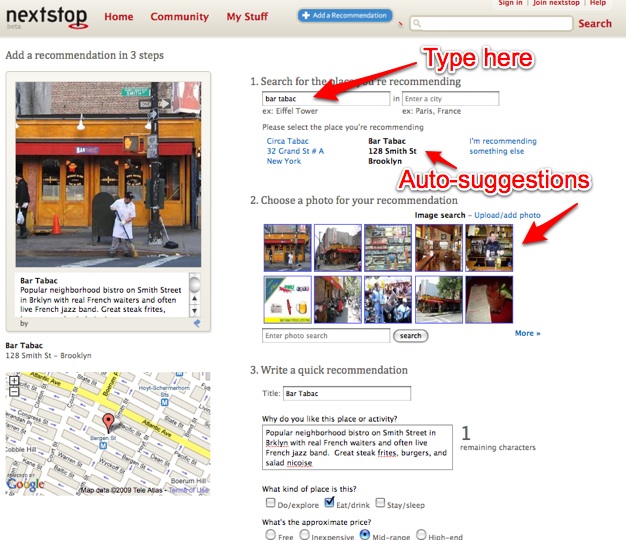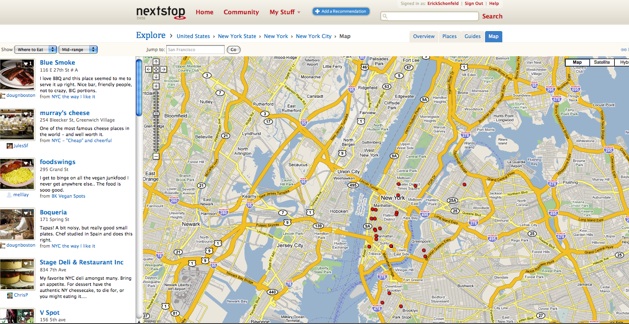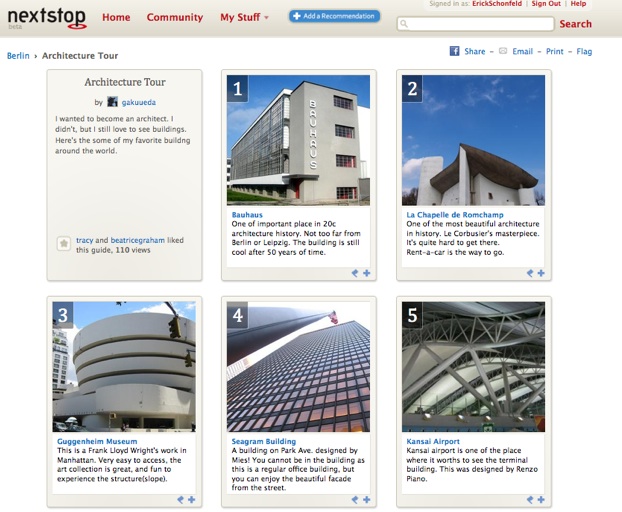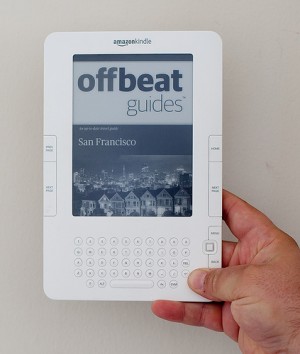Thumbtack Takes On RedBeacon As It Looks To Bring Local Service Providers Online
Posted at TechCrunch: 25 Nov 2009 02:25 PM PST
Last month we saw the launch of TechCrunch50 winner RedBeacon, the startup that lets you book local service providers directly from the web. Today it's getting some strong competition from a new startup called Thumbtack, a local service booking engine that's looking to offer both a comprehensive directory of providers and a greater degree of trust than you can find elsewhere.
Featurewise, Thumbtack is a mix between RedBeacon, Yelp, and OpenTable. Like RedBeacon, it lets you sign onto the site and issue a request for a service, which service providers can then bid on. CEO Marco Zappacosta says this portion of the service is nearly identical to RedBeacon, complete with a bidding engine for providers to set pricing. But Thumbtack also offers provider profiles, where these providers can list some of their specialties and price points. There's also a section where you can book a service directly from a profile page as you would on OpenTable, complete with an availability calendar.
One of the biggest issues with local services like Thumbtack is the chicken-and-the-egg problem. These sites generally launch with a relatively small number of services, which means that users can have a hard time finding what they need (and without users, providers have little incentive to join the site). Thumbtack has tried to address this by spending the last year recruiting providers – at launch, the startup says it already has 10,000 of them, ranging from tutors and handymen to rap teachers and henna artists. Thumbtack is also using some clever incentives to get companies to sign up, like offering discounted business cards and other marketing materials. Zappacosta explains that Thumbtack can order these goods in bulk because they work with so many companies, and then pass the savings on to businesses that sign up.

The other big issue with this kind of site is the creepiness factor – many of these services involve inviting these people into your home (say, to fix a sink) or to a private event (wedding caterers). Along with user reviews, which are standard for this space, Thumbtack is taking a few extra steps. If a service provider is licensed they can post that in their profile, which Thumbtack will verify for free. Thumbtack is also giving providers a handful of premium verification options, such as electing to undergo a background check by a national agency (prices vary from $8 to $49 depending on the level of verification). Providers who successfully pass these checks are rewarded with badges on their profile pages, giving users more confidence in their service. Every provider is also run through the DOJ sex offender registry.
Thumbtack plans to make money by building a payment system off of PayPayl's adaptive payments API. They'll take a cut out of each transaction that occurs on the site, and for services that require in-person estimates (like plumbing) they'll take a lead-gen payment. They'll also be taking a cut every time a provider elects to get verified through one of the third party background check services. Thumbtack is offering its service nationwide beginning today, but as with RedBeacon their primary focus is the Bay Area, with plans to expand down the road.
Thumbtack is doing a lot of things right with its site – I particularly like the idea of having providers verified through background checks, which helps differentiate it from sites like Angie's List, Craigslist, and RedBeacon (which lets providers display their licenses but doesn't do background checks). That said, Thumbtack faces the same challenges that RedBeacon will have. For one, it's going to have to train users to turn to their computers rather than their yellow pages for these local services. And while 10,000 businesses is a good start, it's going to take a long time for the service to build up a robust community of users and reviews. The background checks are a nice touch, but they don't do much for helping users discern which providers offer a high quality service.
For another service that's taking a different approach to matching users with trustworthy service providers, check out Workstir, which provides suggestions based on your social graph.












 You can also flag the deal is "improper" or send it to a friend, all without leaving the app. It also tells you when (if ever) the deal expires.
You can also flag the deal is "improper" or send it to a friend, all without leaving the app. It also tells you when (if ever) the deal expires.







 I used to think the Kindle was stupid. Then I bought one and realized I was
I used to think the Kindle was stupid. Then I bought one and realized I was 

